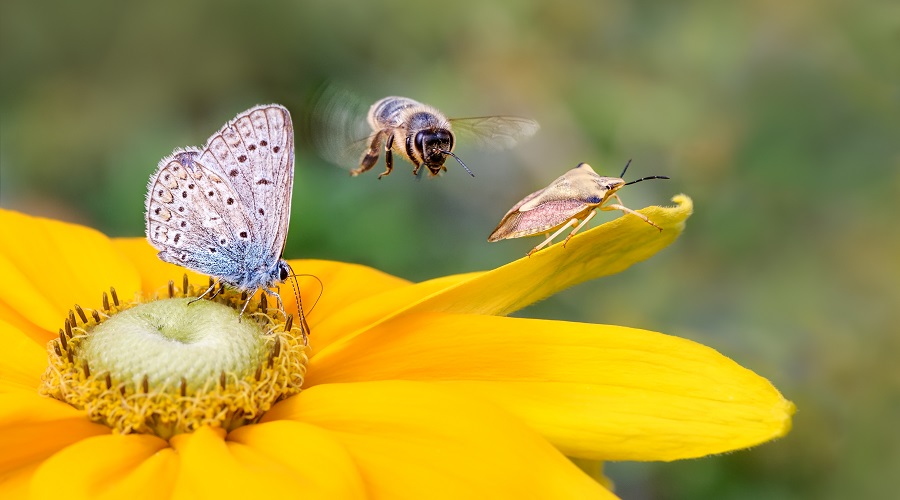Integrating Religion within Conservation: Islamic Beliefs and Sumatran Forest Management
There is no creature crawling on the earth nor of those that fly who are not communities like yourselves
Quran, Livestock (Al An’am) 6:38

The term the Qur’an uses to describe our natural surroundings is khalq (creation). This word is derived from the root Kh L Q in Arabic and there are estimated to be 261 verses in the Qur’an which are derived from this root in its various grammatical forms. The very first revelation of the Qur’an contains the verb khalaq (created) derived from this root. This verse is translated thus: “Read in the name of your Lord Who created” (96:1).
The clear implication here is that we are part of the totality of the creational process set in motion by the Creator, Allah. The Qur’an which manifests this totality, this biological diversity, is then a manual of life transaction for the human community. It lays down the foundations for the conduct of our affairs in creation. At one level it is about conserving the body and the soul and our relationships with the natural order, at another level it is about the communities of beings that fly and crawl and lope and swim and yet at another it is about the cosmos, forests and rivers.
The body of teaching in the Qur’an that deals with these matters may be described as ‘Ilm ul Khalq (Knowledge of Creation) which predates the science of Ecology by fourteen centuries.
